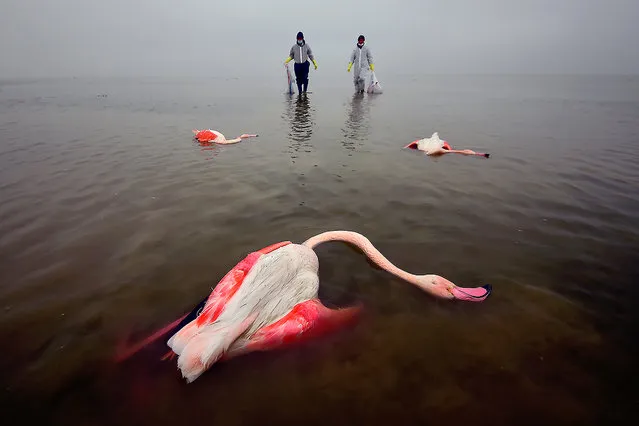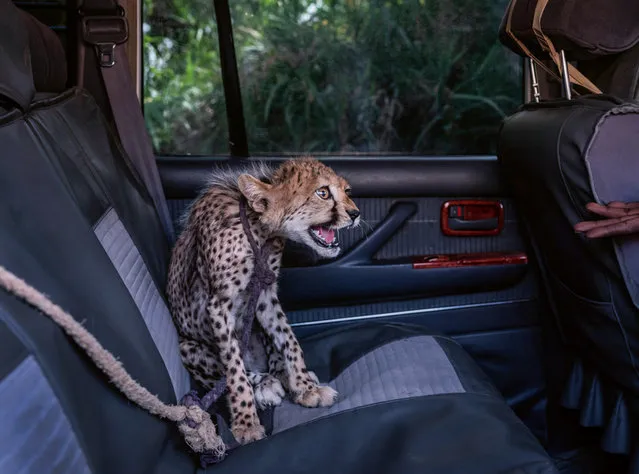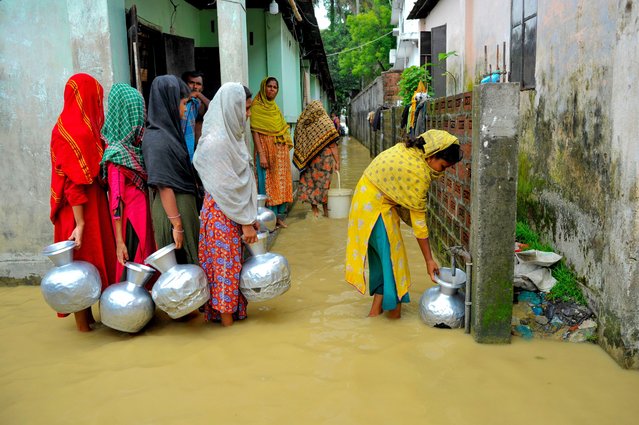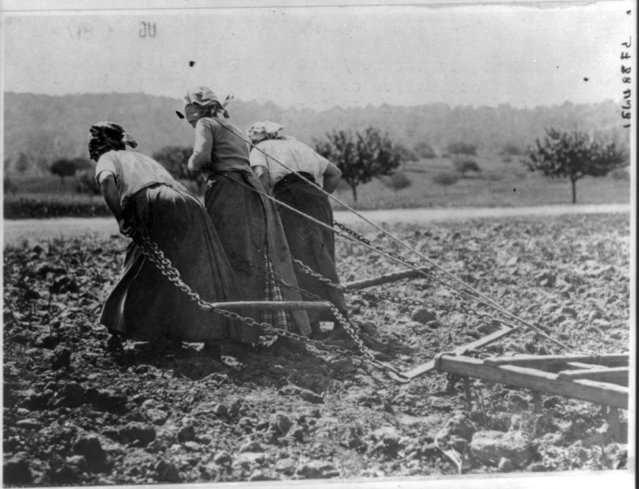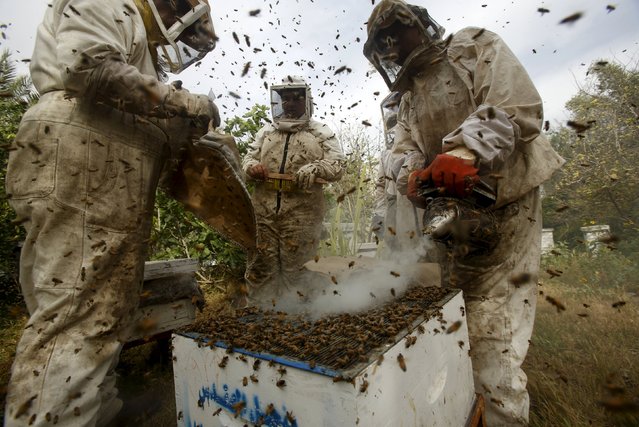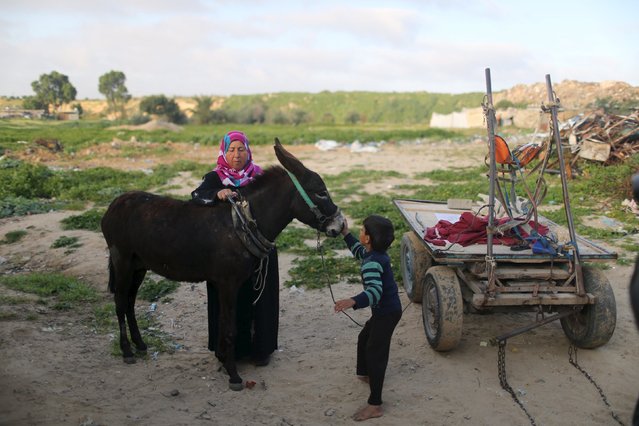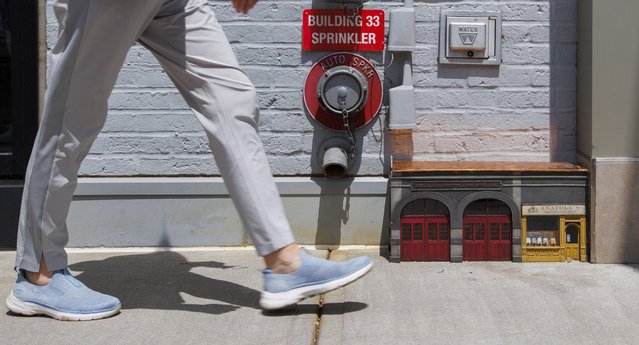
A “mouse house” fire station and book store, designed by an anonymous group of Swedish artists known as ”AnonyMouse”, is installed next to a retail store in Newton, Massachusetts, USA, 23 June 2022. Known for mouse-themed miniatures in Sweden, France and the Isle of Man, the collective has started installing several of the miniatures in Boston and the surrounding areas. (Photo by C.J. Gunther/EPA/EFE)
29 Jun 2022 04:51:00,post received
0 comments

